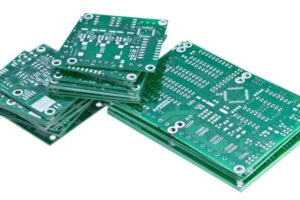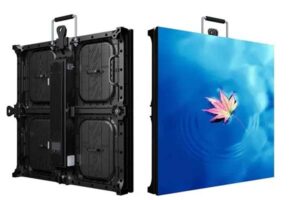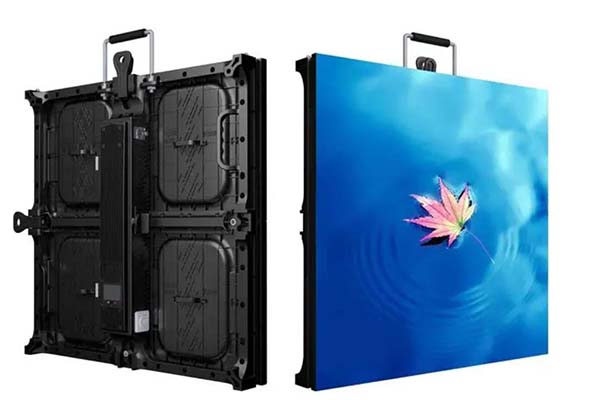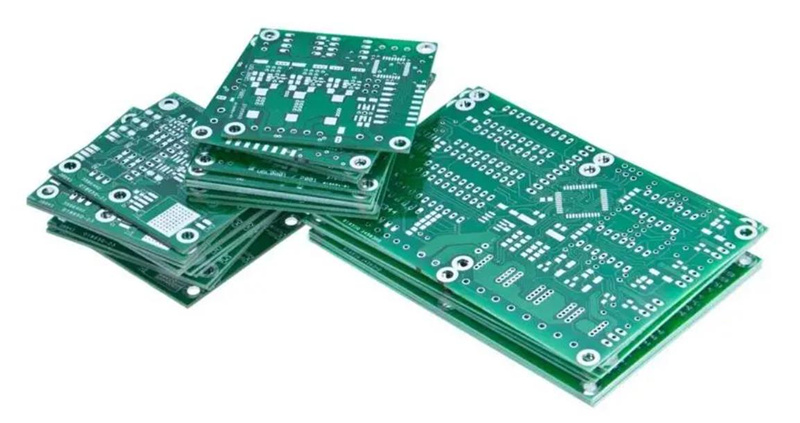LED displays have become an integral part of our daily lives, finding applications in various industries and settings, from advertising to government operations. However, it’s not uncommon for LED displays to face frequent tripping issues, which can be frustrating and disruptive. In this blog post, we will explore the reasons behind LED display tripping and provide solutions to resolve these problems effectively.
Common Causes of LED Display Tripping
Leakage Current Causing Unreasonable Tripping
One of the primary reasons for LED display tripping is leakage current. The installation environment for LED electronic displays often presents unique challenges, including wiring errors, damaged cables, malfunctioning leakage current protection devices in the switchboard, or devices not being properly isolated. These factors contribute to unintentional or deliberate triggering of the leakage current protection devices, leading to frequent tripping.
Solution: To address this issue, it’s essential to take protective measures against leakage current, such as ensuring proper wiring, maintaining cable integrity, and regularly inspecting and replacing malfunctioning protection devices.
Lack of Secondary and Tertiary Leakage Protection
Many users may not be aware that the final-stage leakage current protection device within the switchboard serves as the primary safeguard for electrical equipment. If this final-stage protection device is absent, improperly selected, or damaged due to misuse, it can result in frequent tripping. Full-color LED displays contain multiple metal conductors and numerous cable joints, which can cause recurrent leakage if the insulation of the wires is compromised. Some LED display manufacturers even include additional sockets to create effective secondary or tertiary leakage protection modes within the protection range, reducing the likelihood of tripping.
Solution: Ensure that your LED display system includes secondary or tertiary leakage protection within the protection range. Regularly inspect and maintain these protection devices to prevent tripping.
Limitations of Leakage Current Protection Devices
Leakage current protection devices, whether electromagnetic or electronic, rely on magnetic induction voltage transformers to detect leakage currents in the main circuit of electrical equipment. In the case of LED electronic displays, three-phase electrical loads are unlikely to achieve perfect balance, especially at high currents and voltages. This imbalance can induce a certain electromotive force within the high-permeability magnetic core, leading to the frequent tripping of leakage current protection devices.
Solution: The limitations of leakage current protection devices can be challenging to overcome. However, ensuring proper balance in three-phase electrical loads and using advanced, well-maintained protection devices can help minimize tripping within the uncertain range of leakage currents.
Conclusion
Frequent tripping of LED displays can be a vexing issue caused by a variety of factors, including leakage current, insufficient leakage protection, and limitations of protection devices. To resolve these problems, it’s essential to implement preventive measures and conduct regular maintenance checks. This ensures the reliable and uninterrupted operation of LED displays in our daily lives, whether they’re used for advertising, government communications, or other applications. By addressing these issues proactively, we can enjoy the benefits of LED displays while minimizing disruptions and downtime.






